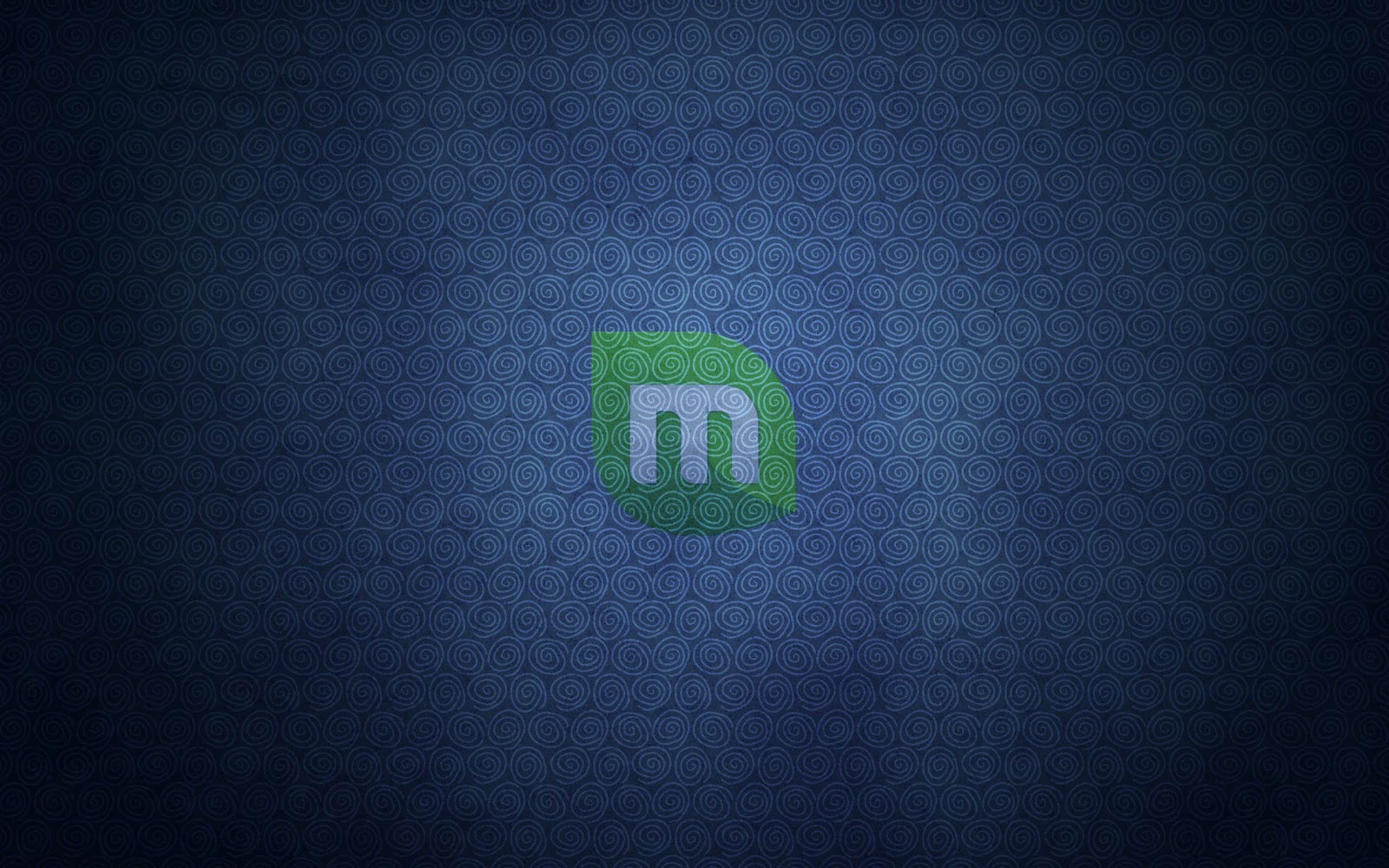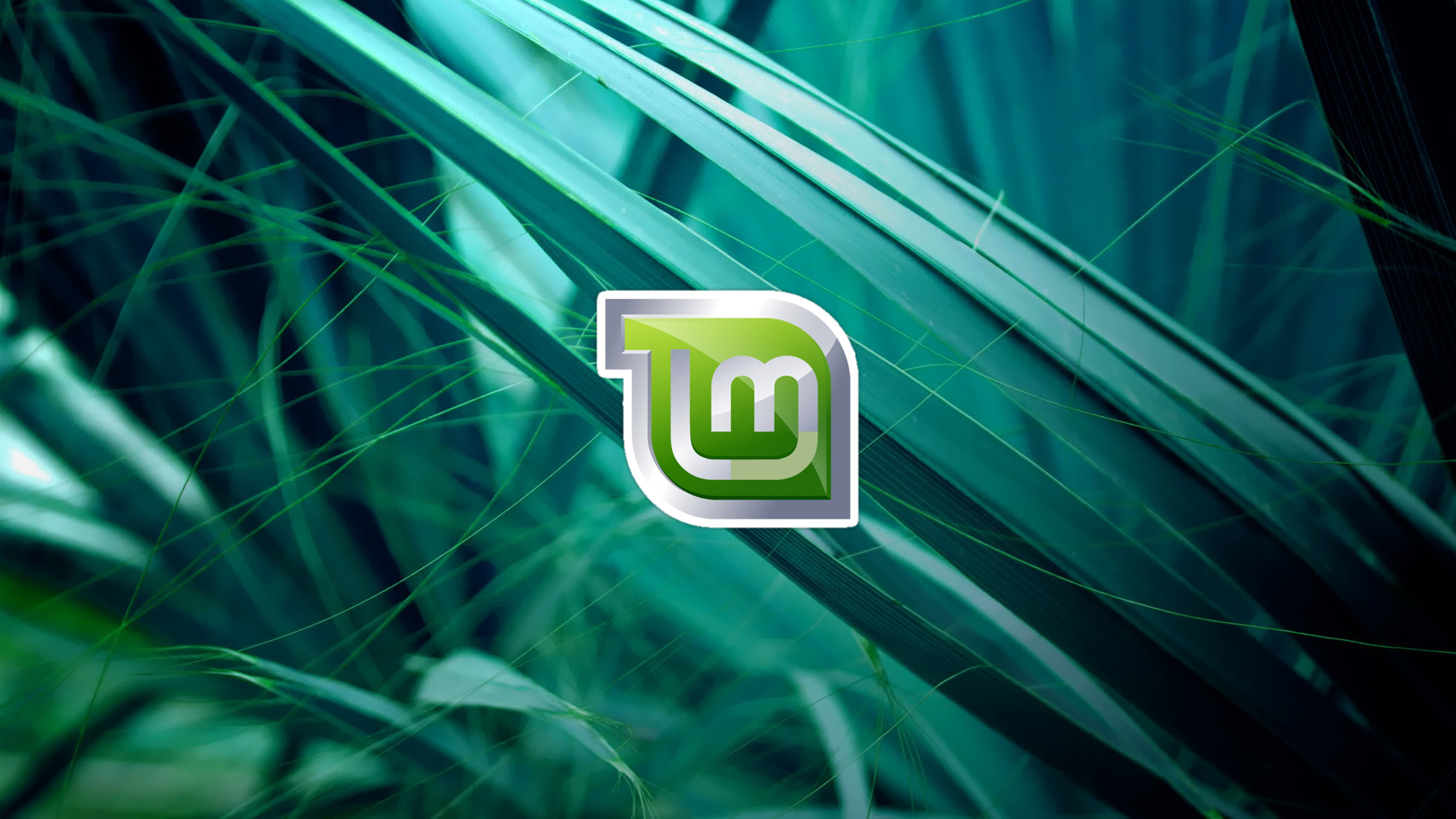

The designers of Gnome Shell recognised this, so put the Notifications option in the Status menu. These notifications are useful since they allow you to take further actions in response to the alert, but if you want to focus without any distractions they can also be annoying. When you insert a DVD, or someone contacts you via instant messenger, Gnome Shell will usually alert you by raising a black rectangle at the bottom of the screen. The only one of these that requires explanation is Notifications. Of these icons, the Status menu provides the most comprehensive set of options. Clicking on the speaker icon, for instance, will allow you to adjust the volume of your computer's speakers and access the sound settings. The status menu, which lets you log out, shutdown, control your availability in chat and access system settings.Īll of this, with the exception of the infinity icon, should be fairly self-explanatory.Ĭlicking on any of the icons to the right-hand side brings up further information and options for you to change. The clock applet, which expands to a calender when clicked. The indicator area, where you can control the volume and select which network you want to connect to.

The system tray, where applications can store alerts or quick access controls. The infinity icon, which launches the Overview mode – more on this later. Looking at the top panel from left to right, there's: The first thing to note is that, unlike past Mint releases, there are two panels on the desktop – one at the top and another at the bottom.
#LINUX MINT DESKTOPS PASSWORD#
Make sure you've selected Gnome as the desktop to use and then enter your password and log in. Now that you're familiar with the login screen, let's take a look at Mint 12's default interface. Whichever desktop you choose will remain the default until you change it again. To do this, select your username from the list and then, before typing your password and pressing enter, click the small cog in the top right of the box.įrom this menu, you can select between all available desktops.
#LINUX MINT DESKTOPS INSTALL#
If you want to install something entirely different, such as KDE or Xfce, you'll also be able to select those from the login screen. So, if you decide that you don't like Mint's new desktop, you can use it to switch to Mate, its port of Gnome 2, which faithfully recreates past Mint desktops. The most important thing to know about this new login screen is that you can use it to select which desktop you want to use.

Other users and guest sessions can be selected by clicking on their name above or below this. The centre-left of the screen is where you log in.īy default, one user or another will be highlighted by a grey box, with a password entry field at the ready. At the top-right of the screen, you can find some basic controls, including some (limited) accessibility options, volume control and the option to power-off the computer.


 0 kommentar(er)
0 kommentar(er)
